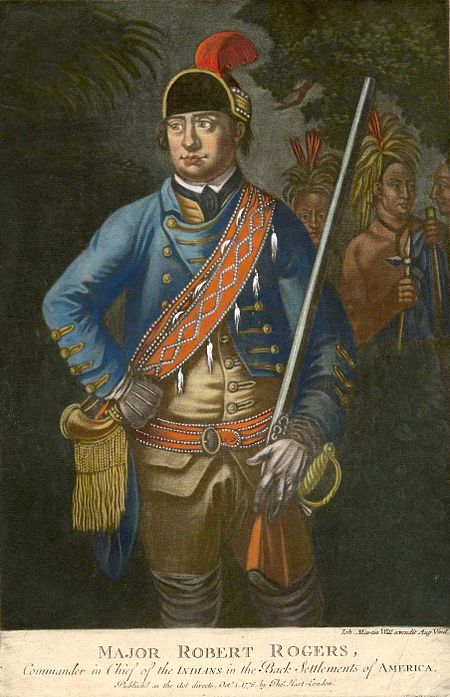Battle on Snowshoes

The 1758 Battle on Snowshoes occurred on March 13, 1758, during the French and Indian War. It was fought by members of British Ranger companies led by Robert Rogers against French troops and Indians allied to France. The battle took place near Lake George, now in northern New York, but then in the frontier area between the British province of New York and the French province of Canada. The battle was given its name because the British combatants were wearing snowshoes. Rogers led a band of about 180 rangers and regulars out to scout French positions. The French commander at Fort Carillon had been alerted to their movement, and sent a force consisting mostly of Indians to meet them. In fierce fighting, the British troop was nearly destroyed, with more than 120 casualties. The French believed that Rogers was killed in this action, as he was forced to abandon his regimental jacket, which contained his commission papers, during his escape from the scene. This battle gave rise to the tale that Rogers escaped capture by sliding 400 feet (120 m) down a rockface to the frozen surface of Lake George. That rock is now known as Rogers Rock or Rogers Slide.
Excerpt from the Wikipedia article Battle on Snowshoes (License: CC BY-SA 3.0, Authors, Images).Battle on Snowshoes
Lower Amherst Street,
Geographical coordinates (GPS) Address Nearby Places Show on map
Geographical coordinates (GPS)
| Latitude | Longitude |
|---|---|
| N 43.426111111111 ° | E -73.712222222222 ° |
Address
Lower Amherst Street 22
12845
New York, United States
Open on Google Maps








